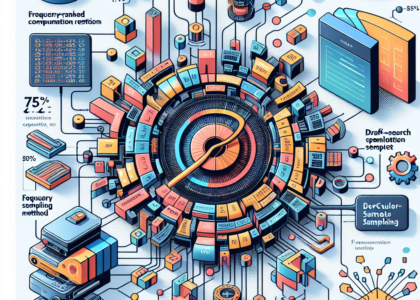Authors: Zekun Qi, Wenyao Zhang, Yufei Ding, Runpei Dong, Xinqiang Yu, Jingwen Li, Lingyun Xu, Baoyu Li, Xialin He, Guofan Fan, Jiazhao Zhang, Jiawei He, Jiayuan Gu, Xin Jin, Kaisheng Ma, Zhizheng Zhang, He Wang, Li Yi
Abstract: Spatial intelligence is a critical component of embodied AI, promoting robots
to understand and interact with their environments. While recent advances have
enhanced the ability of VLMs to perceive object locations and positional
relationships, they still lack the capability to precisely understand object
orientations-a key requirement for tasks involving fine-grained manipulations.
Addressing this limitation not only requires geometric reasoning but also an
expressive and intuitive way to represent orientation. In this context, we
propose that natural language offers a more flexible representation space than
canonical frames, making it particularly suitable for instruction-following
robotic systems. In this paper, we introduce the concept of semantic
orientation, which defines object orientations using natural language in a
reference-frame-free manner (e.g., the ”plug-in” direction of a USB or the
”handle” direction of a knife). To support this, we construct OrienText300K,
a large-scale dataset of 3D models annotated with semantic orientations that
link geometric understanding to functional semantics. By integrating semantic
orientation into a VLM system, we enable robots to generate manipulation
actions with both positional and orientational constraints. Extensive
experiments in simulation and real world demonstrate that our approach
significantly enhances robotic manipulation capabilities, e.g., 48.7% accuracy
on Open6DOR and 74.9% accuracy on SIMPLER.
Source: http://arxiv.org/abs/2502.13143v1





